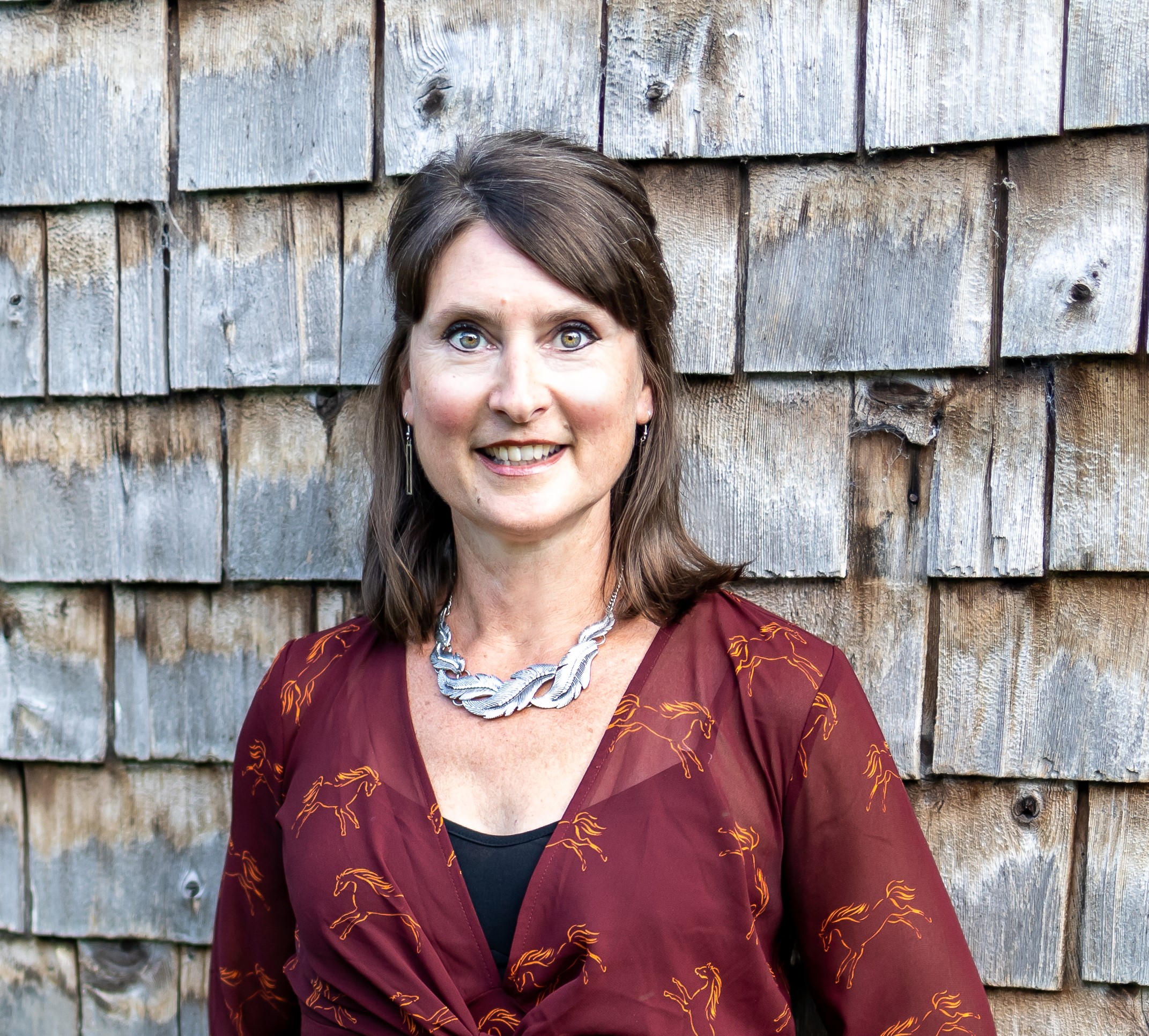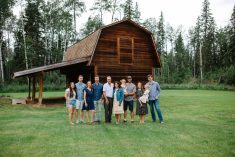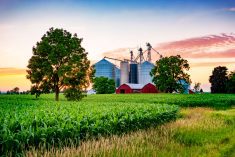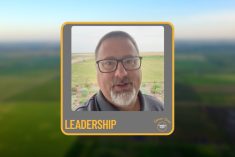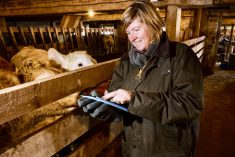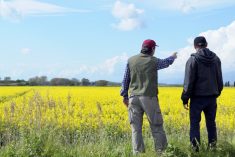“So many people told us ‘You can’t do it’. I think that just lit a fire underneath us and made us work harder.” Which is what Dave and Jennifer Bryson of Dobbinton, Ont., have done, proving all the doubters wrong.
But they did something else too. The Brysons developed a decision-making model that keeps them on target, despite the growing financial and management pressures of farming in Canada in the 2020s.
They admit that not every step has been perfect or worked out right. It’s been quite a journey, after all.
Read Also

What to consider when setting up farm-related business ventures
Things to consider before launching a farm-adjacent side business.
In 2010, the Brysons bought a farm. And not just any farm, but a dairy farm, which means that in addition to land, buildings and machinery they had the almost prohibitive hurdle of buying quota.
Now, after 14 years of steady work while raising three kids, they’ve grown Bryt Farms from 49 kilos of quota to 112 kilos and from 100 acres to 400 acres, owned and rented.
“It felt very bare bones to start… ,” Jennifer begins, and Dave adds with a laugh, “Because it was. But from there, we’ve just been focused on trying to grow and create a farm that will be viable should another generation want to take over.”
Dave comes from a dairy farm, but he and his wife Jennifer decided to strike out on their own. “We bought an established dairy farm from a farmer who was ready to retire even though, having grown up in the industry,” Dave says, “you know how hard it is to get into dairy.” So, there’s a good reason why Dave’s X (formerly Twitter) profile says, “Moving forward one step at a time.”

It’s the framework around which every business decision is built. “At the beginning, there were many times I said, ‘Oh boy, this isn’t my farm, the farm I grew up with. I have no idea how to run this’ and so we needed to get our bearings,” says Dave.
“This was the period where we started to form our business philosophy beyond, ‘Okay, we’re farming. Now what?’”
They found a way, though, to make each move level them up for the next decision and, ultimately, for the next stage of growth.
At its heart, it’s teamwork. “Even though it might seem a little simplistic, that’s just it: we like to keep it simple when we’re making a final decision,” Dave says. “I come up with idea after idea and Jen is very good at making me go back to the drawing board each time. Not that she’s saying it’s not going to work, but she’s just really good at making me consider other options.”
Jennifer says that typically by the time Dave convinces her, it’s very easy to talk to their banker because they’ve thoroughly analyzed the decision.
That includes planning too. “We pre-plan every year for what we’d like to do next year,” says Jennifer. “We look around at what’s going on with other farms, if what they’re doing might work for us. Then we look at the industry and try to read the signs so we can look for ideas, strategies or opportunities.”
The Brysons also look for advice from other farmers. Dave believes that they’re the best resource for knowledge and experience, and the Brysons often turn to their select network for suggestions when they’re weighing a decision.
“We really value their opinion,” he says. “When we’re vetting ideas, after we assess them ourselves, we like to talk to other farmers because we’re not the first ones that have ever come up against these situations and decisions.”
The Brysons call these relationships “important and pivotal,” helping them enact a farm philosophy that emphasizes keeping on plan and being as consistent as possible.
Cautiously progressive
The couple say they don’t implement new “fads” quickly. “For example, I’d love to do strip tilling and it’s not really a matter of if we’ll do it, but when,” says Dave. “It doesn’t have to be today just because everyone else is doing it. The time needs to be right; it needs to fit; it needs to be realistic.”
Jennifer adds, though, “We’re cautiously progressive. It has to make financial sense. We figure out the things that work and what’s necessary.”
It’s true in the barn and in the field, and in their business management. “For example, we spray fungicide on the corn so that we’re not using buffers and binders in our feed and that keeps our feed costs down.”
“It was the same when we were making initial purchases during startup,” Dave agrees. “We always asked, ‘Is this going to work for us?’ Just because on paper it pencils out doesn’t mean you can just go and pay for it or cash-flow it every time or you’ll go broke.”
Early on, Jennifer and Dave had looked for ways to grow faster, and they decided to focus on making more milk by pushing the cows a little more. But the more they pushed, the more it seemed they were going backwards. There was a bad year where they lost several cows and production fell. They blamed it on the summer heat and the old barn. “It wears on your nerves — which is tough when you’re just starting to build a business,” Dave says.
They felt like they were losing ground.
Focus lost, focus found
Jennifer and Dave felt like they had reviewed all their processes and options, but finally got to a point where they realized that something wasn’t working and they needed a fresh set of eyes.
“We asked our feed salesperson for advice, and he said, ‘Listen, I’m gong to be honest. I can sell you all the feed, but that’s not going to fix your problem. The solution is to buy more cows. Unfortunately, you’ve had a bad year, lost some cows, production is down. I would buy 10 cows and get making milk. Forget about trying to make so much per cow. Just get back to basics and things will start to roll.’”
Dave says it was a gut punch, but it was also the right answer. They made an arrangement with the bank to buy not 10 but 20 cows. “We had accepted that something wasn’t working right, so it was clear that this was the next step. We showed our banker that our 20-cow solution meant that with our under-quota credit and the fact that once we got to X point in production, we’d be able to start buying quota. We got to the production level we needed within two months.”
They both said it felt like they had lost their focus and just needed someone to “smack them upside the head” and get back to their core business values of simplicity, consistency and one step at a time. “Simple. I can’t stress that enough,” says Dave. “We don’t get overwhelmed and lose focus on where we’re trying to go, what we’re trying to do. I don’t want to be stressed out because I forgot a detail. And this is what has helped us level out and get focused over the last five years.”
“Our farm has truly been a step-by-step process,” Jennifer says. “Every year we’ve undertaken a project, some small, some bigger, but that’s how we’ve been able to grow.”
For example, in 2010, when they were just starting out, they didn’t know if they’d be able to fill their quota with the facility they bought. “We didn’t know if it would ever happen and then it actually turned out to happen pretty quickly,” Dave says. Then someone in his network forced him to look at where they were and to question where they wanted to go. “They said, ‘You have a limited facility. How are you going to grow?’”
How are you going to grow?
The Brysons built an addition for a bigger milk tank, tried to ramp up the herd’s production and moved some calves to outdoor hutches so they could reconfigure the calving pen as more space for fresh cows. “We were trying to figure out what we could do… we really couldn’t borrow money since we had just bought the farm,” Dave says. “We asked ourselves, what step can we take to start buying and filling more quota with the cows we have? That was really what started our focus on growth.”
In 2016, they built the first addition on the barn and added another in 2021 to address issues they were having with dry cows.
And two years ago, they switched from a milking parlour to two milking robots for their 70 head, significantly reducing the workload. “We were at a point where Dave and I and one of the kids were always at the barn and it was so tough for anything else to happen in our lives,” says Jennifer. “And now, as the kids are going off to college, we don’t have their help as much, so robots mean we’re able to be more flexible.”
Both remain optimistic about dairy’s future in Canada. “My whole life I’ve been hearing all the negatives and there were times when I was really concerned for our industry,” says Dave. “But Jennifer and I were told we’d never get to this point and here we are.”
As Dave points out, farming can be a slow reward. So, what motivates them to take their next steps? He says it’s making decisions with future generations in mind. “Our three kids have been a huge part of us getting to where we are today. But we’ve always made it very clear that we’ll never guilt them into farming.”
“My family is known for being stubborn,” Dave says with a grin. “It can be a good and bad trait, but it’s helped me find my way through all this and figure out how to make it all happen. So, we always say, ‘Okay, we’ve done that step; what’s the next one?’ For our family, for our farm, it’s just about what do we believe is the right next thing for us. It’s a different way of setting goals.”

